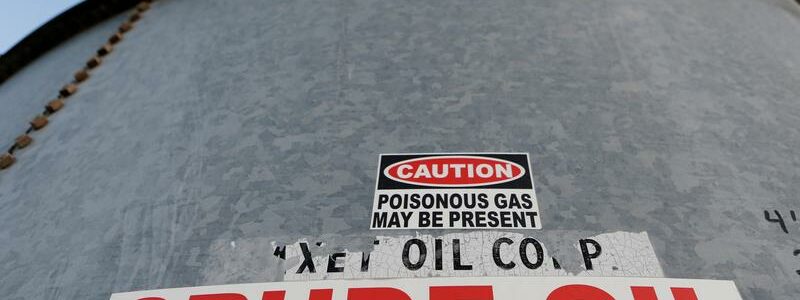
Texas oil pipelines face dry months as production languishes
NEW YORK (Reuters) – Nearly half of all oil pipelines from the Permian basin, the biggest U.S. oilfield, are expected to be empty by the end of the year, analysts and executives said.
Pipeline companies went on a construction spree throughout 2018 and 2019 to handle blistering growth in U.S. crude production to a record 13 million barrels per day (bpd). However, the coronavirus pandemic crushed both fuel demand and oil production, and neither have recovered fully, leaving many pipelines unused.
Major pipeline companies are exploring ways to ship other products in those lines and considering selling stakes in operations to raise cash.
The coronavirus pandemic upended the global energy supply system and worldwide fuel demand. U.S. gasoline consumption is now estimated to be past its peak and as refiners process less crude, producers are not filling pipelines used to transport it.
By the fourth quarter, total utilization of the largest oil pipelines from the Permian is expected to drop to 57%, consultancy Wood Mackenzie said. The nadir during the last market bust in 2016 was roughly 70%.
U.S. crude output is currently about 11 million bpd, and is not expected to grow much until 2022. But more pipelines were already set to come online, growing the gap between production and capacity covered by long-term contracts to a record over 1 million bpd in February, according to energy research firm East Daley Capital.
“We do not expect to be at pre-COVID production levels by end-2022,” said Saad Rahim, chief economist at commodities merchant Trafigura. (Graphic: Permian oil pipelines running dry, )
REVENUES HIT
The top three Permian pipeline companies are offering discounts to entice shippers and stem the fall in volumes. Companies rely on long-term contracts that require customers to ship a certain volume of oil or pay a penalty. Now companies are renegotiating those agreements at lower rates when they are close to expiring, to keep their customers.
Magellan Midstream Partners LP’s transportation and terminals revenue slid 9% to about $1.8 billion in 2020, the lowest since 2017. The company has only enough long-term contracts to fill its 275,000-bpd Longhorn pipeline to 70% capacity over the next six years, Magellan said.
With more pipelines adding to competition, Magellan expects daily volumes on Longhorn to drop to an average 230,000 bpd this year versus 270,000 bpd in 2020. A Magellan spokesman said the company could use its marketing arm to buy space on the Longhorn line and sell it to ad-hoc buyers.
Plains All American Pipeline LP’s transportation revenues fell about 13% to $2 billion in 2020, and warned that earnings could suffer further if production declines. Plains did not comment for this story.
Pipeline companies can make some money even when oil is not flowing through pipelines. Producers pay what are known as deficiency payments – penalties for not shipping oil. Still, those payments are small. Plains reported $71 million in deficiency payments in 2020, less than 4% of its overall transportation segment revenue.
Some companies are considering retrofitting pipelines to ship liquids besides crude, such as renewable fuels.
Enterprise Products Partners LP’s co-Chief Executive Jim Teague recently told analysts that he was fielding queries from a petrochemical company that needs pipeline transport and storage for potential hydrogen projects.
Enterprise’s crude pipelines and services revenues plunged 35% in 2020. In February, it said it has long-term contracts to ship about 1 million bpd through 2028 and beyond, compared with average volumes of 2 to 2.2 million bpd over the past two years.
The company did not comment for this story.
As pipeline companies have struggled, investor returns have suffered. The Alerian MLP index, which tracks the performance of midstream companies, is down 24% since the beginning of 2020, compared with a 27% return for the S&P 500.
“A lot of companies had to cut their dividends,” said Rob Thummel, senior portfolio manager at TortoiseEcofin. “It has created some skepticism on the investor base about the sustainability of the sector.”
Source: Read Full Article